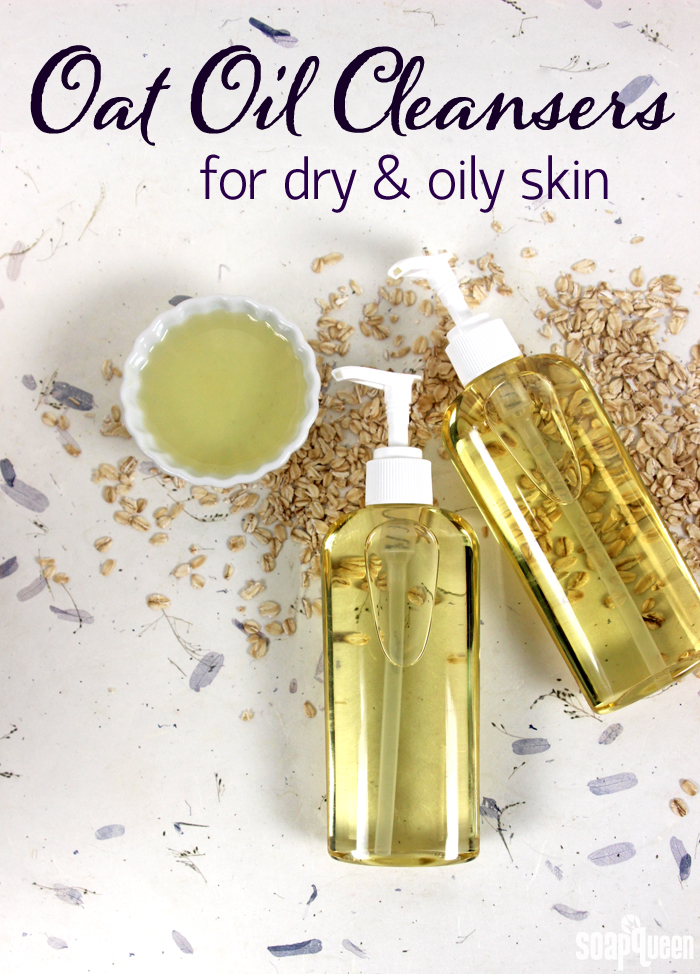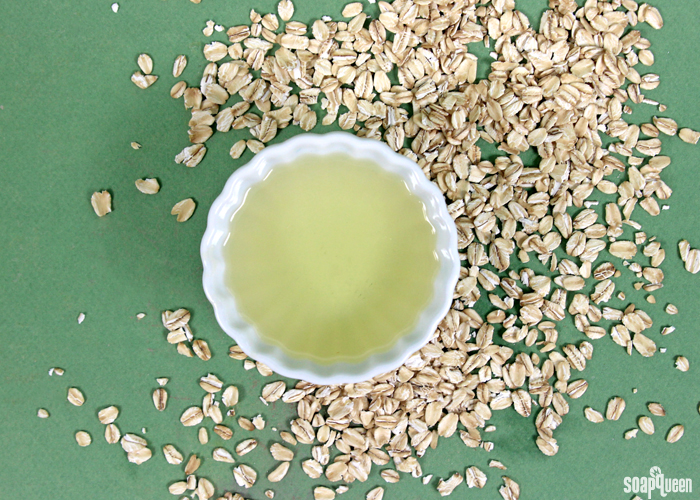 When I first heard of oil cleansers, I was a little skeptical. It seems so strange to “wash” your face with oils. But after lots of research and testing, I now use them in my skin care routine. Cleansing with oil leaves my skin feeling clean and extremely soft. If you’re unfamiliar with oil cleansers, I’ll give you the scoop.
When I first heard of oil cleansers, I was a little skeptical. It seems so strange to “wash” your face with oils. But after lots of research and testing, I now use them in my skin care routine. Cleansing with oil leaves my skin feeling clean and extremely soft. If you’re unfamiliar with oil cleansers, I’ll give you the scoop.
Skin produces sebum from glands called the sebaceous glands. Sebum is an oily, waxy matter that is crucial to healthy skin. It protects the skin from bacteria and helps maintain a balance of water within the skin. Too much sebum can lead to breakouts, and not enough sebum can cause dry skin. Sometimes, when the skin is stripped of sebum from harsh cleansers, the skin can go into sebum-production overdrive. The excess sebum can lead to whiteheads, blackheads and acne. The idea behind oil cleansing is that it dissolves and washes away the sebum produced naturally by your skin, and replaces it with new “clean” oil. This leaves skin balanced, and does not cause skin to overproduce sebum.
Oils have different cleansing properties depending on the oil’s makeup of fatty acids. Because of this, the oils you choose for your oil cleanser will be depend on your skin type. The two important fatty acids to consider are linoleic acid and oleic acid. Skin prone to breakouts produces sebum that has a high oleic acid content. To help balance the skin, oily skin prone to breakouts should use oils with a higher amount of linoleic acid. These oils include castor, hemp seed oil and sunflower oil. On the flip side, dry mature skin may prefer oils high in oleic acid such as argan oil, avocado oil and sweet almond oil.
[Read more…]
